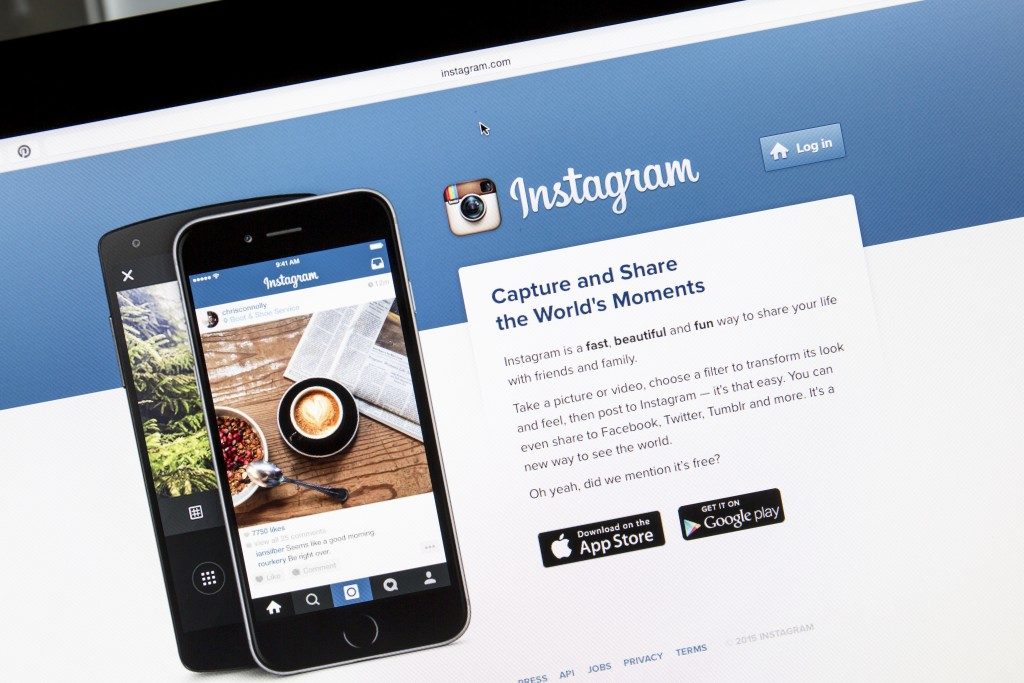A multimedia campaign for your business must have a consistent tone and aesthetic that corresponds to your brand identity and voice. The voice you choose for your business must fit your company’s brand ideals and best represent the best aspects of your enterprise’s identity.
The aim of building a brand is to create an identity, a shorthand that represents your company’s goals and what it offers to your customers. Your brand’s voice should be resonant and consistent throughout all of your campaigns across multiple platforms.
Be very clear when expressing your brand’s voice and image when describing your content to a video agency and other multimedia production houses. Whether marketing to the global city dwellers of modern London to the down-to-earth folk in rural England, the tone of your brand should reflect similar aesthetics for instant brand recognition and brand resonance.
Defining Your Brand Voice
The voice of your brand should sum up the key qualities of your enterprise. You must first understand what these qualities mean for your brand and how these can be perceived by others. From there, you should also choose which of those impressions should you build upon. What connotations do you wish to lead your customers to, and how would it ideally be expressed in your brand?
The voice you choose for each word that describes your brand should build up your service. If you want a brand that’s quirky (a trait that lends well to self-depreciation), for instance, you would need to focus your brand voice on making your enterprise look and sound eccentric while still delivering (and even surpassing) your customer’s expectations on your products and service—a sure-fire way to distinguish your brand from the competition.
Going by guidelines

Guidelines on the tone and appearance of your brand should be provided to maintain a unified aesthetic and tone and a focus on values that are aligned with that of the enterprise. This approach to brand aesthetics can be as complex as the requirements made by major tech industries like Twitter, which maintain rigid rules for how they prefer their brand assets are used by their partners and users, or they can be a lot more relaxed.
Many companies with a less than completely formal brand identity for its end users, meanwhile, can have a lot more variety with its approach to brand identity, for as long as the recognizable pattern of the branding stays familiar. What is important, however, is that the tone and voice of the brand identity is established before any advertising or any multimedia campaign moves forward. Getting bootstrapped to an ill-fitting logo can be a costly mistake for any business.
Images and Sound
The visual and tonal elements of the brand should still be apparent throughout its content. Some types of brand identity, for instance, favour an execution with a touch of class, simplicity, and sophistication. Others demand something formal and professional. More informal brands that are heavily geared toward humour can play around with a broader array of other tones, albeit in a tongue-in-cheek manner that is more on-brand.
Videos tend to be more flexible in this regard; after all, advertisements can’t afford to look samey, and a video presentation for a company and its culture must entertain its audience. This very flexibility can allow creative teams to explore aspects of your chosen brand voice that is at once visually interesting and unique yet still very much on-brand.
